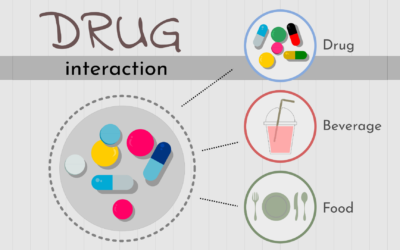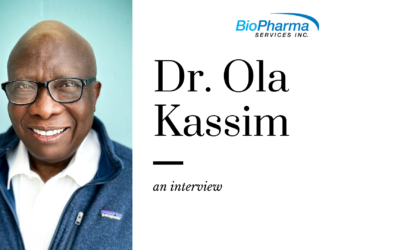Blogs
Explore the latest insights & trends in clinical research: Our blog is your go-to source for innovative perspectives & expertise
Latest Blogs
Data Management & Clinical Trial Biostatistics – Standalone Backend Services
At Biopharma Services, we execute every step of a Phase 1 study from protocol development to regulatory submissions to recruitment to data management and statistical analysis to the final study report. But what if a Phase 2 or late phase study only requires backend...
Foreign Trained Professionals; the Unsung Heroes of the CRO Industry
Currently, annual immigration in Canada amounts to almost 500,000 new immigrants – one of the highest rates per population of any country in the world. As of 2023, there were more than eight million immigrants with permanent residence status living in Canada – roughly...
Eight Reasons to Choose Canada for Your Phase 1 Clinical Trial
For many study sponsors, the end goal of their clinical drug development program is to enter the United States drug market. However, conducting your Phase 1 clinical trial in Canada is an alternative route that can fast-track the CTA process and get the approval for...
Leveraging the 505(b)(2) Program to Prolong the Life of a New Chemical Entity (NCE)
This is an continuation of When is 505b2 a good choice for your new drug application? In the world of pharmaceuticals and drug development, the journey from discovery to market can be a long and arduous one. Even after years of research, extensive clinical trials, and...
Importance of Study Restriction: The Avoidance of Drug-Drug Interactions Part 1
Drug interaction management is a significant concern in designing clinical trials, especially those focusing on pharmacokinetic (PK) endpoints. Such interactions, both expected or unexpected drug-drug interactions, may arise from the prescribed treatment regimen,...
NDA Enabled Phase 1 Clinical Trials: Unveiling the First Step
The journey of a new drug from concept to market is a complex and highly regulated process. At its core lies the New Drug Application (NDA) submission – a critical milestone that paves the way for new medications to reach patients in need. But how do drugs reach this...
It Takes a Village: An Interview with Dr. Ola Kassim
No stranger to adversity, Olayiwola (Ola) Kassim was born and raised in Lagos, Nigeria. From an early age he saw doctors as heroes, as personified by his uncle who studied nursing abroad in the UK and his sister who later did the same. He lost his mother at only 3...
Exploring Clinical Trial Protocol Deviation: A Comprehensive Guide
Clinical study protocols are conducted according to the International Council for Harmonization guidance on Good Clinical Practice (GCP) which outlines safeguards for the rights, safety and well-being of participants. Protocols “should [also] be designed, conducted...
Crafting Workplace Symphony at a CRO
Unveiling the Canvas: A Maestro's Tale In the heart of BioPharma Services' flourishing ecosystem stands the People and Culture Champion. Functioning as the architect of engagement, a mediator in reducing turnover, and a meticulous curator of our organizational...
ANDA or 505(b)(2): Choosing the Right Approval Pathway for Your Drug
505(b)(2) pathway approvals have experienced double-digit growth recently. Many drug companies are electing to pursue 505(b)(2) applications to obtain a new drug approval (NDA). For developers seeking to obtain approval for previously approved drug products in the...
The Role of AI in Clinical Trials
Artificial intelligence (AI) - based technologies are increasingly finding applications in multiple industries, including the pharmaceutical field. AI integration into drug development contributes to the enhancement of testing accuracy and efficiency, expedites the...
Bioanalytical Lab: The Benefits of High Quality
The bioanalytical laboratory of BioPharma Services Inc. (BPSI) has a proven track record for scientific excellence, perseverance, and an unwavering commitment to provide services of the highest quality. This has allowed establishment of efficient laboratory workflows...
Change Management of Computerized Systems and Common Challenges
forChange is the only constant, and clinical research organizations (CROs) have evolving needs and technology, which brings change regularly. As a Phase 1 clinical trial CRO, and a heavily regulated industry, strict protocols, and compliance requirements govern every...
Advancing Regulatory Framework for Predicting the Proarrhythmic Risk
The issue of QT prolongation has garnered significant attention from regulatory bodies such as Health Canada, the Food and Drug Administration (FDA), and the European Medical Agency (EMA). Back to the 1950s, doctors observed an alarming phenomenon among some heart...
Schedule a Discovery Call
You can unsubscribe at any time. For more details, please read our Privacy Policy.














